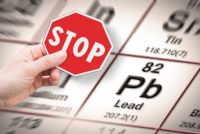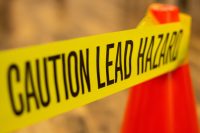OSHA Will Move Forward with Beryllium Rules from Obama Era
On September 30, OSHA withdrew its proposal to revoke the ancillary provisions of the construction and shipyard beryllium standards. The permissible exposure limit (PEL) and short-term exposure limit (STEL) already have gone into effect, and the agency will implement the other provisions of the January 9, 2017, final rule, which will become effective September 30, […]










